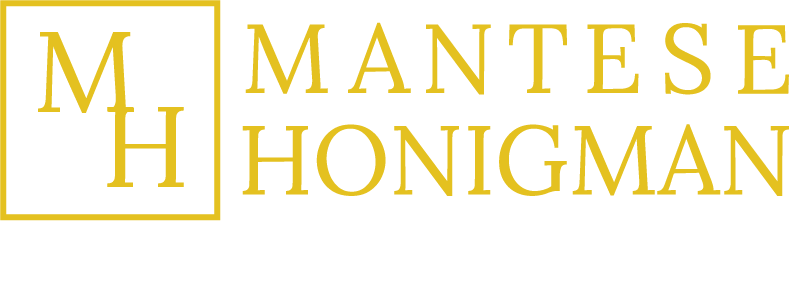On December 23, 2019, New York’s Office of Court Administration (OCA) gave written notice of a proposed rule amendment permitting the Commercial Division to require hyperlinking in electronically filed legal memoranda. The public comment period runs through February 24, 2020.
The New York Commercial Division Advisory Council’s Subcommittee on Procedural Rules to Promote Efficient Case Resolution has prepared a detailed seventeen page Memorandum on the proposed amendment, attached to the OCA’s notice. The Memorandum addresses the proposed amendment, its history, the draft text, the basics of hyperlinking, and a discussion explaining its application and benefits. There is also an Appendix identifying federal judges using hyperlinking.
The Memorandum provides an excellent resource not only for those looking to comment on the proposed amendment to the Commercial Division rules, but also for attorneys anywhere looking to understand hyperlinking and its potential benefits. The authors also attempt to demystify hyperlinking for those concerned about using this relatively simple technology.
The OCA’s notice states, “[t]he Advisory Council’s memorandum supporting this proposal (Ex. A) notes that hyperlinking will enable judges and their staff to access source materials more quickly and improve efficiency. The Advisory Council further notes that the Appellate Division, Second Department has recently required that all electronically filed briefs to contain bookmarks or hyperlinks to legal authorities.”
A copy of the Notice, Memorandum, and Appendix can be found here.
The Memorandum observes, “[t]he Commercial Division has already taken steps in this direction through the provision in Rule 6 of the Rules of the Commercial Division of the Supreme Court … requiring bookmarking of e-filed memoranda of law to facilitate ‘easy navigation by the reader within the document.’ The logical next step is the use of hyperlinks to external sources to facilitate the reader’s access to parts of the record and authorities cited in the e-filed document.”
The Subcommittee quotes from an ABA study on hyperlinking’s benefits:
“As noted in a recent ABA report, ‘[h]yperlinked legal citations provide a convenient way for judges, court staff, and attorneys to have immediate access to legal authorities cited in an e-brief.’ Similarly, ‘[h]yperlinking to the trial court record can be very helpful to readers, in that it allows immediate access to cited record materials. From the reader’s perspective, hyperlinks to the record may be especially helpful because finding a cited item in the record can take longer than calling up a legal authority in Westlaw or Lexis.’”
The Memorandum cites others’ experience on hyperlinking’s benefits, including judges, and how this proposal is in line with the Commercial Division’s design. Thus, “[i]n the interest of remaining a leader in the efficient and effective administration of justice in complex commercial cases, the Subcommittee recommends that the current e-filing and bookmarking requirements be extended to require or encourage hyperlinking to other sources in appropriate cases, while granting individual Justices wide discretion to make reasoned judgments about when and to what extent the benefits of hyperlinking outweigh the burdens, taking into account the nature of the cases, parties, and practitioners that characterize that individual Justice’s docket.”
Among other stated goals, the new rule’s intent is to “avoid any undue burden on the diminishing population of e-filers who lack the technical resources to comply with a hyperlinking requirement.” Per the Memorandum, the new amendment would “require hyperlinking to a cited docket entry already available on NYSCEF; give Justices discretion to require hyperlinking cited legal authorities to Lexis/Nexis or Westlaw, or a government website; encourage hyperlinking cited legal authorities even if not required; and permit exemptions from required hyperlinking for parties that certify an inability to comply with the requirement without undue burden.” (Emphases in original)
We leave you to the Memorandum itself for all details, which again can be found here. We do offer one final quote for those who may be uncomfortable thinking about this technology, or perceiving it as a burden rather than a benefit:
“Creation of a hyperlink in a PDF-A file is simple and takes just a few clicks of a mouse. Commonly used programs such as Adobe Acrobat have a ‘Link Tool’ that makes the process easy, and instructions in written or video format are easy to find on the internet. It is a purely mechanical process, requiring no legal acumen and only the basic computer skills that any secretary or other administrative support staff would be expected to have. A hyperlink can be created in under a minute—indeed, often in seconds. Any law office with the technical capacity to e-file documents on NYSCEF—even small offices with limited technological or secretarial support—can create hyperlinks in e-filed documents without purchasing additional software or equipment and without investment of more than roughly a half hour of internet-based computer learning to master the process.”
